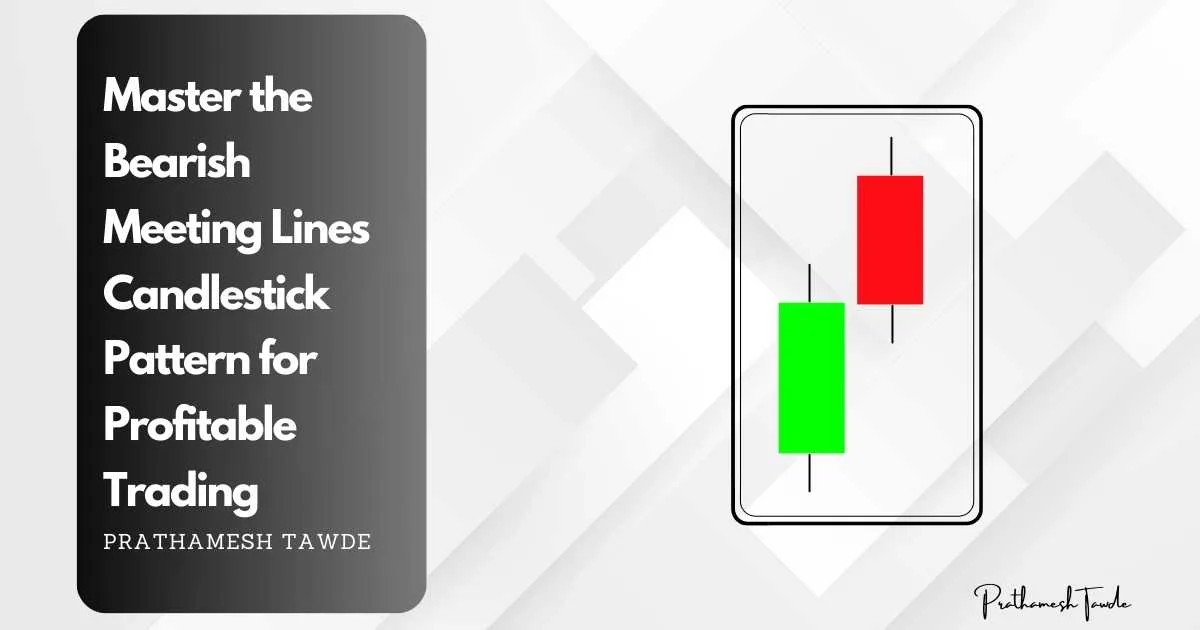Broadening Bottom Pattern: A Comprehensive Guide
- Prathamesh Tawde
- December 16, 2023
Introduction
Technical analysis is key to modern trading. It provides tools to predict market movements. Among these tools, chart patterns are crucial. They state potential price reversals and continuations. One particularly significant pattern is the broadening bottom. This article explores the broadening bottom chart pattern. It looks at its formation, features, and how traders use it.
What is a Broadening Bottom Chart Pattern?
Defining the Broadening Bottom Chart Pattern
The pattern is a bullish reversal. It indicates a transition from a decrease to an increase in trend. Its main feature is a series of widening price swings. They create a megaphone-like shape. This shape shows growing volatility and market indecision before a clear breakout.
Identifying the Pattern
To identify a broadening bottom pattern, traders should look for several key features:
Widening Price Range:The pattern is getting more volatile. Each high reaches higher levels and each low dips lower.
Multiple Touchpoints: There should be at least two clear swing highs. And, two swing lows form the edges of the growing price range.
Volume Confirmation: Volume tends to rise as the pattern develops. This shows growing market participation and confirms the pattern’s validity.
Key characteristics of pattern
Expanding Swings
The pattern creates a broadening formation marked by a series of higher highs and lower lows. It consists of five distinct swings, although the number can vary.
Volume Trends
Volume often rises as the pattern forms. There are big spikes at the breakout. They suggest a strong interest in buying.
Duration
The broadening bottom can form over different time frames. These range from intraday to weekly and monthly charts. This makes the bottom adaptable to various trading strategies.
Stages of the Broadening Bottom Formation
Initial Downtrend
The pattern begins with a downward price movement, reflecting a bearish market sentiment.
First Swing Low and High
The first swing low forms as the price bottoms out, followed by a rebound creating the first high. This sets the initial boundaries of the pattern.
Subsequent Expanding Swings
Each new swing is wider than the last. It has higher highs and lower lows. This forms the broadening shape.
Breakout
The pattern ends with a breakout above the upper trendline. A surge often follows this breakout in volume. It signals a potential trend reversal.
Psychology Behind the Pattern
Understanding Market Sentiment
A broadening bottom pattern forms. It shows a shift from consolidation to rising volatility and uncertainty. A possible switch to bullish momentum follows this. As prices change in the expanding range, buyers and sellers engage in a tug-of-war. This results in wider price swings.
Exploring the Bullish Implications
Interpreting the Pattern
Traders interpret the broadening bottom pattern as a bullish reversal signal. Once we confirm the pattern. It suggests that selling pressure is waning and buyers are gaining control. This could lead to an uptrend. Traders often seek entry opportunities to capitalize on the anticipated bullish move.
Utilizing Technical Analysis Tools
Volume and moving averages
Volume and moving averages confirm the broadening bottom pattern. Traders often use extra indicators to check it.
Volume Indicators: Rising volume during the pattern formation confirms the widening price range. It strengthens the bullish reversal signal.
Moving Averages: Moving averages, such as the 50-day or 200-day, can confirm a trend reversal. This happens when prices cross above them.
Trading Strategies for Broadening Bottoms
Entry and exit points
When trading broadening bottom patterns, traders may employ various strategies:
Pattern Recognition: Accurately identifying the broadening bottom pattern is the first step. Traders should look for the distinctive expanding price swings following a downtrend.
Entry Point: Wait for a breakout above the upper boundary of the pattern to confirm the bullish reversal before entering a long position.
Setting stop-loss and take-profit levels
Stop-Loss Placement: To manage risk, traders should place a stop-loss order below the lowest point of the pattern. This helps protect against false breakouts and unexpected price reversals.
Profit Targets: Set profit targets based on the height of the pattern. Measure the height of the pattern. It goes from its lowest to highest point. Then, project this height upwards from the breakout point.
Case Studies and Real-Life Examples
Analyzing historical charts
Learning from historical data. Studying old charts and real-life examples can teach us a lot. They show us about broadening bottom patterns. They can tell us how well the patterns work and what they might lead to. Traders learn from past occurrences. They apply those lessons to current market situations.
Software For Traders
Software like TradingView offers tools to identify and analyze Diamond Top Patterns.
Risks and Limitations
Understanding Potential Pitfalls
The broadening bottom pattern is a strong bullish reversal signal. But, traders should be aware of potential risks.
False Signals: Not all broadening bottom patterns lead to price rises. False signals can happen. They can lead to losses if traders buy too soon.
Failed Patterns: In some cases, the pattern may not appear. This would cause prices to keep falling. Traders should manage risk and prepare for unexpected outcomes.
Practical Applications and Strategies
Volume Analysis: Volume is a critical component in validating the broadening bottom pattern. Volume rose during the breakout. This suggests strong buying and adds to the pattern’s credibility.
Multiple Time Frames: Looking at the pattern across many time frames can provide better insights. It can also help confirm the pattern’s validity. For instance, a broadening bottom on a daily chart confirms a reversal. A similar pattern on a weekly chart strengthens the signal.
Market Conditions: Consider the market conditions when trading the broadening bottom pattern. It tends to be more reliable in trending than in sideways or highly volatile markets.
Advantages of the Broadening Bottom Pattern
Early Reversal Signal: The broadening bottom pattern shows a potential trend reversal. It lets traders enter at the start of a new uptrend.
Clear Trading Signals: The pattern has clear entry and exit points. This makes it easier for traders to develop and use trading strategies.
Flexibility: The pattern applies to various time frames. Day traders, swing traders, and long-term investors can all use it.
Broadening Bottom Pattern vs Broadening Top Pattern
Broadening Bottom Pattern:
Formation: It occurs after a downtrend, indicating a potential reversal to an uptrend.
Shape: The pattern is a series of higher highs and lower lows. It creates a broadening, megaphone-like shape.
Swings: Consists of five swings (three highs and two lows or vice versa).
Volume: Volume often increases towards the breakout point above the upper trendline.
Breakout direction: A breakout usually occurs above the upper trendline, signaling a bullish reversal.
Market Sentiment: Market Sentiment shows rising buyer interest. It may shift from bearish to bullish.
Ideal Entry Point: When the price breaks above the upper trendline with increased volume.
Risk Management: Place stop-loss below the lowest point of the pattern.
Profit Target: It’s based on the pattern’s height. You project it upwards from the breakout point.
Formation: Occurs after an uptrend, indicating a potential reversal to a downtrend.
Shape: It has a series of higher highs and higher lows. These also create a broadening, megaphone-like shape.
Swings: Typically consists of five swings (three highs and two lows or vice versa).
Volume: Volume often increases towards the breakout point below the lower trendline.
Breakout Direction: Breakout usually occurs below the lower trendline, signalling a bearish reversal.
Market Sentiment: Indicates increasing seller interest and a potential shift from bullish to bearish sentiment.
Ideal Entry Point: When the price breaks below the lower trendline with increased volume.
Risk Management: Place stop-loss above the highest point of the pattern.
Profit Target: It’s based on the pattern’s height. The breakout point projects the target downward.
Conclusion
The broadening bottom chart pattern is a powerful tool in technical analysis. It offers valuable insights into possible reversals. By understanding how it forms, its traits, and the trading strategies we’ve developed. Traders can improve their market analysis and performance. However, like any technical pattern, it should be used with other tools. These tools should be for analysis and risk management. Mastering the broadening bottom pattern can help traders. It gives them a strategic edge in the complexities of markets.
FAQs
The timeframe for a broadening bottom pattern can vary. It ranges from weeks to months. It depends on market conditions and volatility.
Broadening bottom patterns can signal bullish reversals. But, you must confirm signals with other indicators and analysis for reliability.
Yes, like any other technical pattern, broadening bottom patterns can give false signals. Traders should use additional confirmation tools to validate signals.
Traders can use broadening bottom patterns in technical analysis. They look for entry and exit points. They set stop-loss and take-profit levels and manage risk well.
Traders can explore online resources. They can attend webinars. They can read books. They can join forums for technical analysis. These resources will help them understand broadening bottom patterns and other trading techniques.

I’m Prathamesh Tawde, a leading figure in the dynamic world of financial markets. Born on March 30, 1986, in the vibrant city of Thane, Maharashtra, I’ve nurtured a profound passion for technical analysis and a commitment to guiding individuals toward successful trading journeys. With a mission to empower and educate, I’ve carved a distinct niche as a content creator, educator, and mentor.





